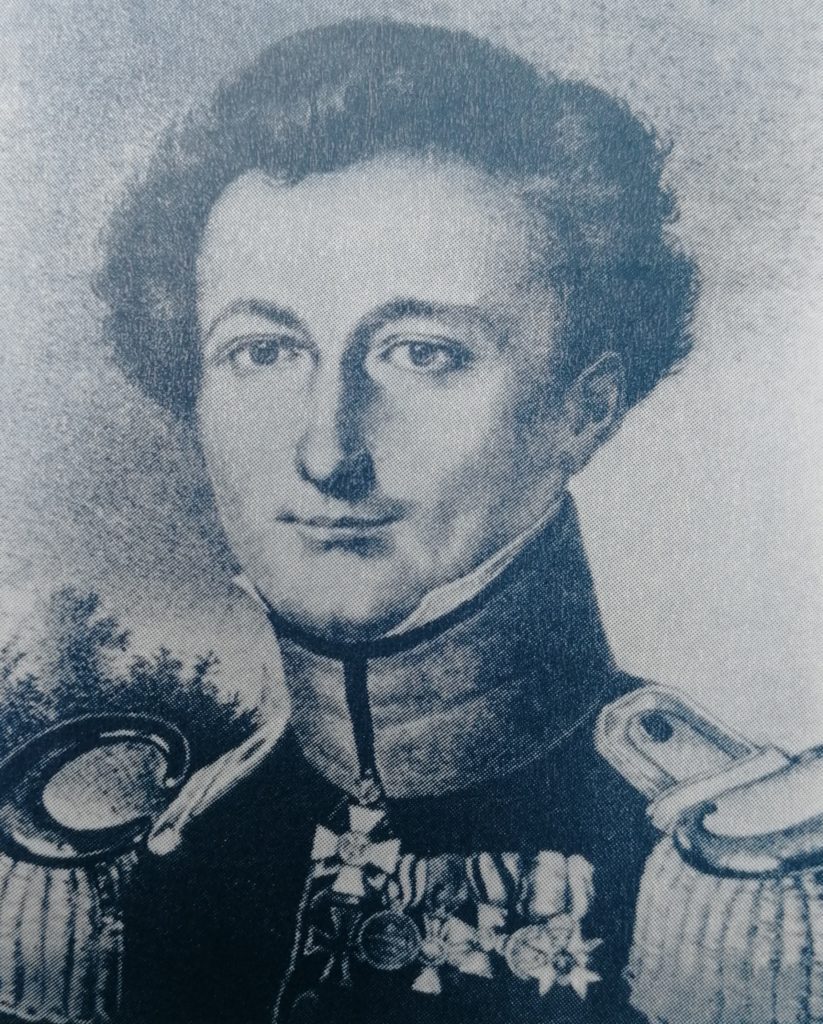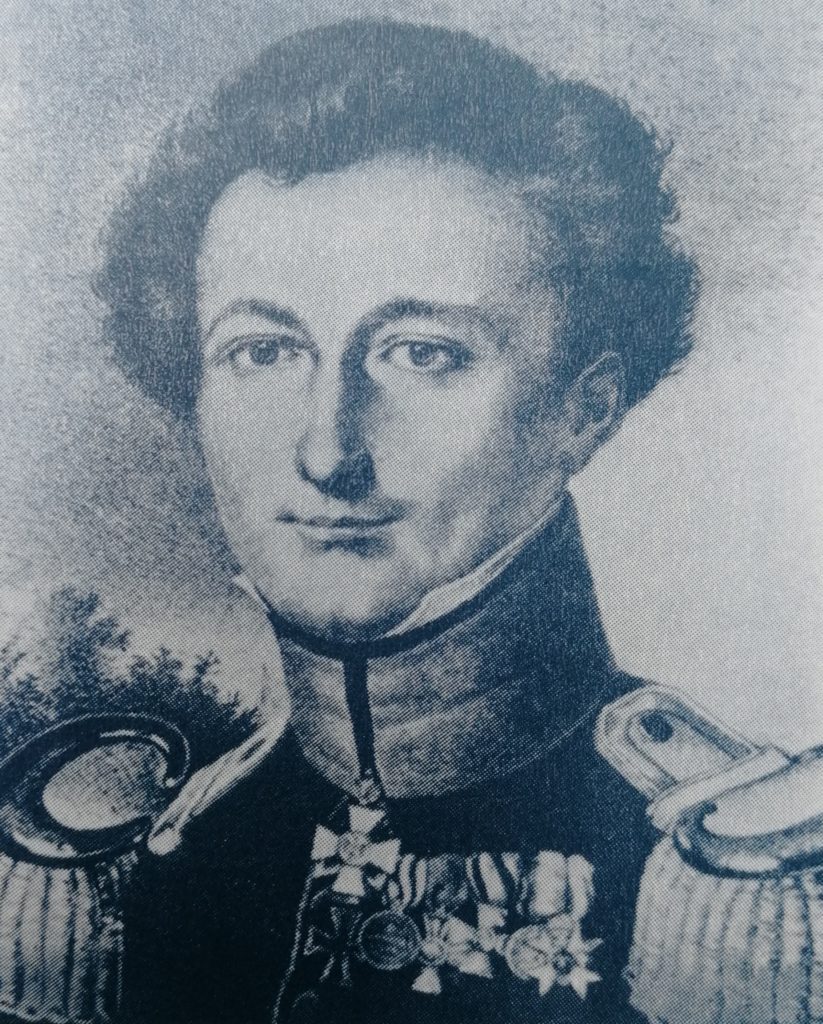
In Books I and VIII of On War, Clausewitz develops the concept of rise to extremes, as well as those of “absolute” and “real” war.
Absolute war, theoretical war
From the start of Book I, Clausewitz offers a definition of war. It is “an act of force by which we seek to force the adversary to submit to our will”. From there, incapacitating oneself from the enemy becomes an intermediate goal. This is the condition for bending it to our will.
In a purely logical approach, Clausewitz shows that in theory this “act of force” which is war can only go to extremes. It is absolute war (for war taken in the absolute, in its principle).
Three “reciprocal actions” allow the rise to extremes according to Clausewitz.
– Unlimited reciprocal use of force. He who makes the most complete use of it has an advantage over his enemy. The latter is then forced to do the same.
– The search for the overthrow of the adversary. Each of the two camps tries to submit the other to its will. He will therefore try to reduce his enemy to impotence. Neither of them is therefore safe until the other is unable to defend themselves.
– Calculation of the necessary efforts and escalation. Each of the two opponents calculates the efforts that will be necessary to surpass the other. This can only lead to a perpetual gradation leading to extremes.
The rise to extremes is therefore an unlimited use of force. Because of these three “reciprocal actions”, in the world of ideas, the natural movement of war leads to the rise to extremes.
Actual war
However, the theoretical principle of rising to extremes does not apply in actual warfare . Indeed, in real war there are brakes on this rise to extremes.
Real war cannot go to extremes
The belligerents are not abstract entities emerging from nothing for instant confrontation. They know each other, and are able to estimate the will of their opponent. This introduces a first principle of moderation .
Furthermore, war has a duration. An error in estimating the enemy’s will can therefore be repaired. This introduces a second possibility of reciprocal moderation. And even in case of defeat, the result is never final.
There are other obstacles to achieving absolute war. This is the case with human weaknesses such as indecision or imperfection of judgment; or else friction in the conduct of war by state apparatuses. Finally, low stakes can discourage rise to extremes.
Real war has limits
The limits of the use of force in real war will therefore not be positioned at the extremes. They will be determined by calculation, reasoning and probabilities.
These terminals will be placed according to the political goal. It will require more or less significant efforts for one, and will provoke a greater or lesser will to fight in the other.
It is this political goal which will determine the result that military action must achieve.
Absolute war , the realm of the rise to extremes, therefore only exists in theory. In real war, several principles of moderation prevent this rise to extremes. While Clausewitz recognizes that trying to avoid bloodshed in war would go against the essence of war, he does not recommend introducing rise to the extremes of violence into actual war. The rise to extremes is only a theoretical object which is intended to remain so.
However, and this is the usefulness of the theory, this concept must be kept in mind as the natural direction of all war.
Read also Understand why for de Gaulle, general culture is the true school of command
The principle of moderation in war
This leads us to analyze a quote from the master that is often repeated, but often misunderstood:
“it will always be an absurdity to want to introduce a principle of moderation into war.”
On War , p. 28
Taken in this way, it would be the profession of faith of a Clausewitz apostle of the rise to extremes, who would advocate maximum use of force without taking into account the laws and customs of war or the political context. The indiscriminate unleashing of violence would be the only way to win.
Nothing could be more false, nothing more criminal against the thought of the master. Let’s put the quote in context:
“If the wars of civilized peoples are much less cruel and devastating than those of unsophisticated peoples, this is due to the social state of the former and their international relations. War is influenced by this state and these relationships which modify and temper it, but these elements remain foreign to it, a simple external fact , so that it will always be an absurdity to want to introduce a principle of moderation into war.”
On War, p. 28. Emphasis added.
If war taken in theory has no moderating principle and naturally rises to extremes, real war is in fact moderate. However, the moderating element comes not from the nature of war itself, but from its environment. He nonetheless has a very real influence. The maxim which closes our quotation therefore only applies to absolute war. It is anything but a negation of moderation in the reality of war.
This brings us closer to one of the major themes of On War , which is that war should not be considered as an autonomous phenomenon, but as a political phenomenon subject to political decisions. But addressing it here would take us beyond five minutes…
*
Thus, if he places violence at the heart of war, both absolute and real, Clausewitz in no way recommends giving free rein to unbridled violence to achieve victory. The rise to extremes is a theoretical object which is not intended to be embodied in real war. The latter is indeed marked by several limitations external to its nature.
“We are thus led to consider war not as it should be according to its concept, but as it is in reality, that is to say with all the foreign elements which are introduced into it and modify it »
Carl Von Clausewitz, On War , Book VIII
EDITOR’S NOTE:
Some authors consider that absolute war could occur in reality, as in the case of nuclear war. In book VIII, Clausewitz himself indicates that the Napoleonic wars brought absolute war to earth.
However, it seems to us that even in the event of an outbreak of extreme violence, a certain number of obstacles would remain. For example, due to the friction that would arise in the units responsible for annihilating opposing cities, such as disagreements, equipment malfunction, hesitation or even refusal to obey. The fact that a war can take an apocalyptic form does not mean that it would be without brakes.
The hypothesis according to which absolute war is an ideal (in the theoretical sense of a pure and perfect form of war) which would serve as a compass to understand the direction taken by real war seems to us the richest. Quite simply, without this the concept of absolute war would not be of much interest.
*
See our other articles on Clausewitz.
War as a continuation of politics by other means
The astonishing trinity in Clausewitz, and why the master describes war as a chameleon

